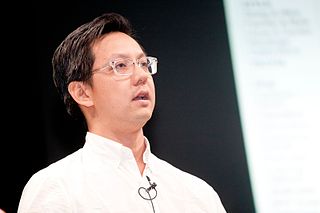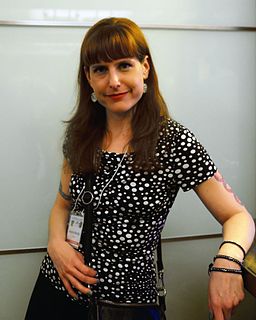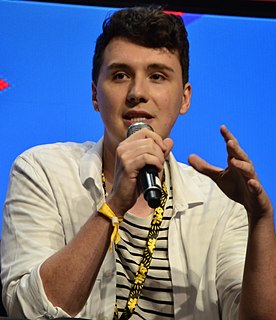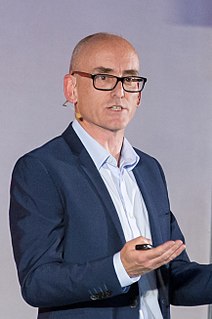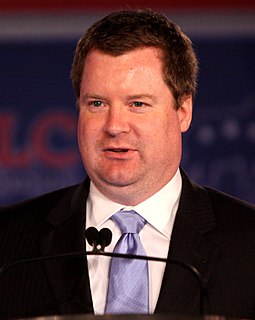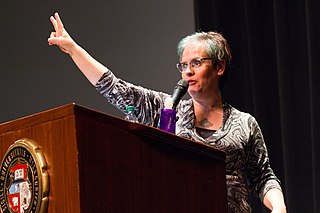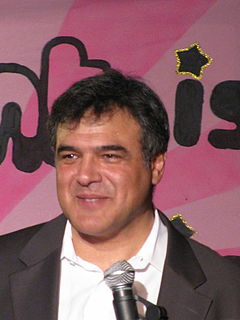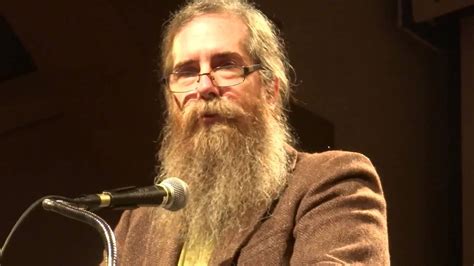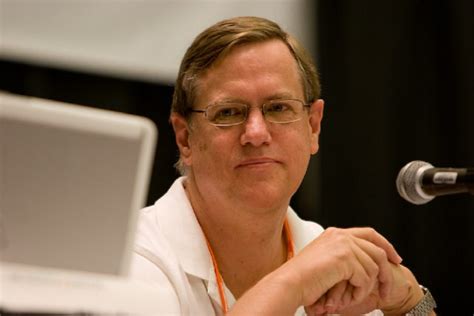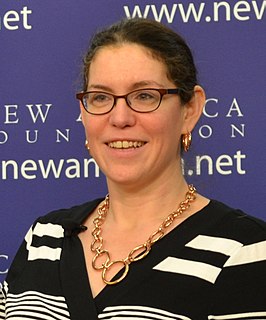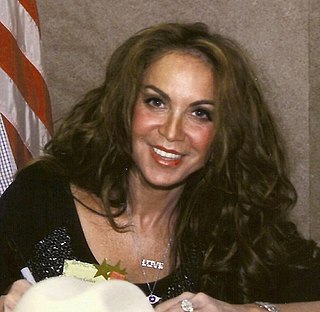Top 28 Quotes & Sayings by Khoi Vinh
Explore popular quotes and sayings by an American blogger Khoi Vinh.
Last updated on April 17, 2025.
I think a lot more people are able to take on a design challenge than ever before. And this was true 20 years ago when the desktop publishing revolution came about that allowed people with Macintosh's at home to produce professional-looking newsletters or publications for the first time. So, there's a long march toward more democratization for design.
I think we are in this era right now where every element in a webpage is rendered to within an inch of its life. I think if it's a button, it looks like a physical button, you know, if it's a mailbox that's meant to signal a messaging functionality then the whole mailbox right down to the rivets on the hypothetical metallic housing is rendered.
I think the way design was practiced for most of the 20th century was very declarative. A designer came up with a solution for a project and put it in place and shipped the solution and it landed in a reader or a customer's hands as a brochure. They would see it as a poster, or as a piece of signage. And that was sort of it. That was the end of it. I think Internet technology has really upended that whole equation because in some ways a designer's work is never really done online.
I think as technology and expertise makes possible these sort of amazing levels of fidelity to the real world, a lot of people sort of get sort of - what's the word I'm looking for - seduced into that. And after a time, they get tired of it and they become a little bit more interested, I think at a certain level of subtraction and a new level of sophistication.
I guess if there was a desert island scenario and I only could take one font with me, I guess it would be Helvetica, though it has it's limitations, I think it's incredibly versatile and gets the job done and I also think it's one of the typefaces that will really survive the test of time beyond the next several decades if not into the next century.
Things have a behavior online, whereas in print, there is a single canonical expression for them, but online everything responds to different criteria or has inherent states to it based on that criteria. So, you have to design that in a different way. It's a completely different dynamic even though it may look similar.
Before Gutenberg, there was this really very strong oral storytelling culture where being able to relay stories from person to person was sufficient. And then, with the introduction of printing and mass communication, suddenly somebody had a lot of authority invested in the idea of a single canonical expression of a document or a piece of communication.
Unsolicited redesigns are terrific and fun and useful, and I hope designers never stop doing them. But as they do so, I also hope they remember it helps no one - least of all the author of the redesign - to assume the worst about the original source and the people who work hard to maintain and improve it, even though those efforts may seem imperfect from the outside.
I know that what keeps me interested in my job and in the medium in general that what makes every few months more interesting, or newly interesting every few weeks, is the idea that everything is changing, that the ideas that you think are sacrosanct and unimpeachable suddenly are up for grabs again.
